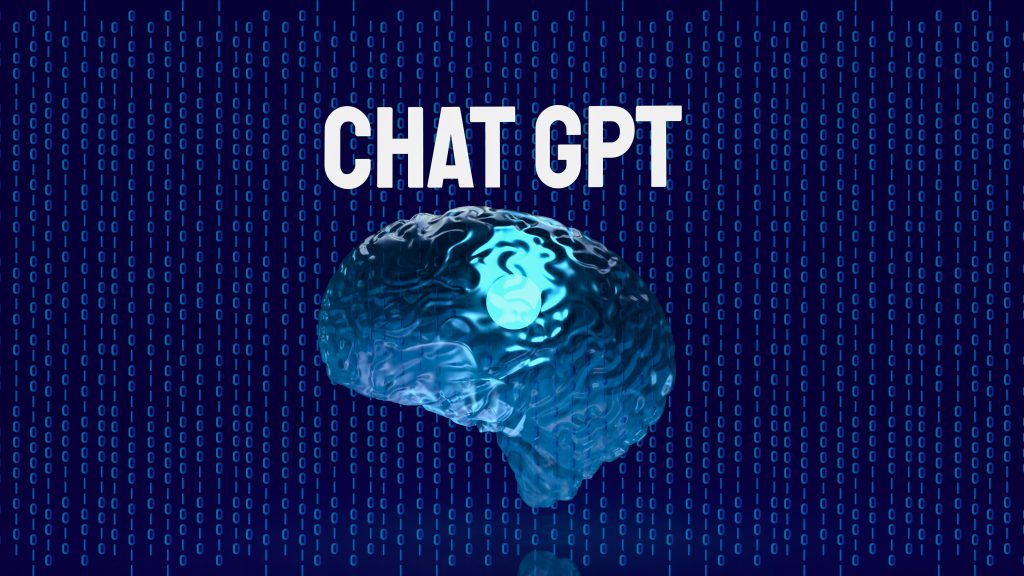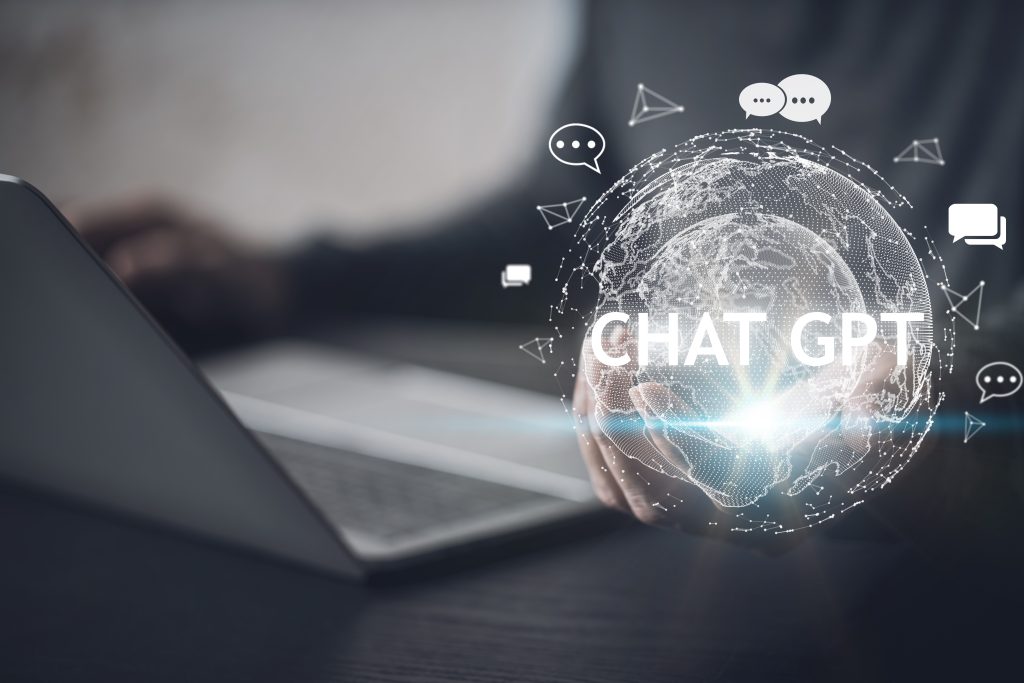8 Min Read

Chatbots have become increasingly popular in recent years, with businesses and individuals alike looking to automate tasks and streamline communication processes. With the emergence of new chatbots like Google Bard and Bing Chat, the chatbot market is becoming more crowded than ever. However, one chatbot that is standing out from the competition is ChatGPT. Based on the GPT-3.5 architecture, ChatGPT is an advanced language model developed by OpenAI that is outpacing its newer competitors in terms of its natural language understanding and extensive knowledge base. In this article, we’ll explore what ChatGPT is, its advantages over Google Bard and Bing Chat, its practical applications, and its potential to revolutionize the way we interact with technology and each other.
What is ChatGPT?
ChatGPT is a chatbot powered by an advanced language model called GPT-3.5, developed by OpenAI. This model allows ChatGPT to understand natural language more accurately than previous chatbots and to generate responses that are more human-like.
How ChatGPT works is by using machine learning algorithms to process large amounts of text data and create a knowledge base that it can draw upon to respond to user inquiries. The more users interact with ChatGPT, the more it learns and the better it becomes at generating accurate and relevant responses.
What sets ChatGPT apart from other chatbots is its ability to understand the context of a conversation and provide responses that are not only relevant but also personalized to the user’s needs. This makes ChatGPT a powerful tool for businesses looking to improve customer service, as well as individuals seeking a more intuitive and efficient way to communicate with technology.
Advantages of ChatGPT over Google Bard and Bing Chat

Compared to Google Bard and Bing Chat, ChatGPT has several advantages in terms of its features and capabilities. One of the most significant advantages of ChatGPT is its ability to understand natural language better, thanks to its advanced language model based on GPT-3.5 architecture. This allows ChatGPT to generate more accurate and relevant responses that are tailored to the user’s needs.
Another advantage of ChatGPT is its more extensive knowledge base. As ChatGPT interacts with more users, it continues to learn and expand its knowledge base, which means it can provide more comprehensive and accurate answers to a wider range of queries.
In addition, ChatGPT’s ability to understand context and personalize responses is another advantage over Google Bard and Bing Chat. This makes ChatGPT a more intuitive and efficient tool for communication, especially in customer service and other business applications.
Overall, ChatGPT’s advanced language model and extensive knowledge base, combined with its ability to understand context and personalize responses, make it a powerful and competitive chatbot in the market.
Use cases for ChatGPT
ChatGPT has several practical applications, and its advanced capabilities make it a valuable tool in many fields. Here are a few examples of how ChatGPT has been used successfully:
- Customer service: ChatGPT’s ability to understand natural language and provide personalized responses makes it an ideal tool for customer service. ChatGPT can handle basic queries and resolve common issues, freeing up customer service representatives to focus on more complex cases.
- Language translation: ChatGPT can be trained on multiple languages, making it an effective tool for language translation. This can be useful in industries such as travel and hospitality, where communication with customers from different countries is common.
- Personal assistance: ChatGPT’s ability to understand context and personalize responses makes it a useful tool for personal assistance. It can help users with tasks such as scheduling appointments, finding information, and setting reminders.
Some successful examples of ChatGPT in these areas include:
- Microsoft’s Xiaoice chatbot, which uses ChatGPT’s technology to provide personalized responses and improve customer engagement in industries such as e-commerce and healthcare.
- AI Dungeon, a text-based adventure game that uses ChatGPT to generate responses to user actions, creating a personalized gaming experience.
- PandaDoc, an online document management platform that uses ChatGPT to provide customers with quick and accurate responses to their queries, reducing response times and improving customer satisfaction.
Overall, ChatGPT’s flexibility and advanced capabilities make it a versatile tool with a wide range of practical applications.
Future developments and possibilities for ChatGPT
The potential for future developments and possibilities for ChatGPT is vast, and the technology is constantly evolving. Here are a few potential areas where ChatGPT could see further development:
- Integration with other technologies: ChatGPT has the potential to integrate with other technologies, such as voice assistants or augmented reality, to provide a more seamless and intuitive user experience.
- Expansion of knowledge base: As ChatGPT continues to interact with more users, its knowledge base will continue to expand. This will enable it to provide more comprehensive and accurate responses to an even wider range of queries.
- Improved natural language understanding: As advancements are made in natural language processing, ChatGPT could become even better at understanding and responding to complex language, making it an even more valuable tool for communication.
The possibilities for ChatGPT to revolutionize the way we interact with technology and with each other are vast. With its advanced capabilities, ChatGPT has the potential to make communication with technology more intuitive and efficient, and to provide personalized assistance to users in a wide range of industries. In addition, ChatGPT could help bridge language barriers and provide a more accessible way for people to communicate with each other across different languages and cultures.
Overall, the future looks bright for ChatGPT, and it will be exciting to see how this technology continues to evolve and improve in the years to come.
In conclusion, ChatGPT is an advanced chatbot based on the GPT-3.5 architecture developed by OpenAI. Compared to its competitors like Google Bard and Bing Chat, ChatGPT has several advantages, including its ability to understand natural language better, its extensive knowledge base, and its ability to understand context and personalize responses.
ChatGPT has a wide range of practical applications, including customer service, language translation, and personal assistance. Its potential for future developments, such as increased integration with other technologies and the expansion of its knowledge base, could revolutionize the way we interact with technology and with each other.
With its advanced capabilities and potential for further development, ChatGPT has the potential to become a leading chatbot in the industry. As a digital agency, we can expect to see ChatGPT play an increasingly important role in how we communicate with technology and with each other.



